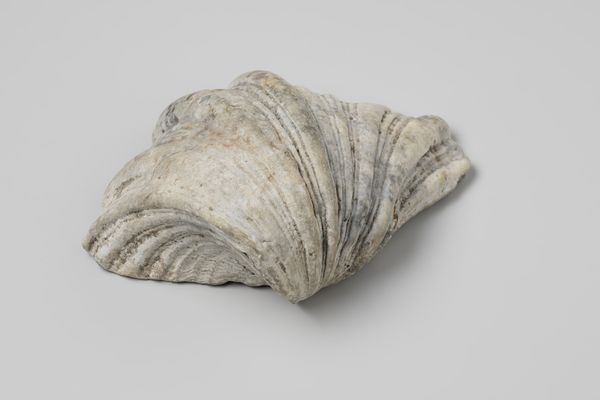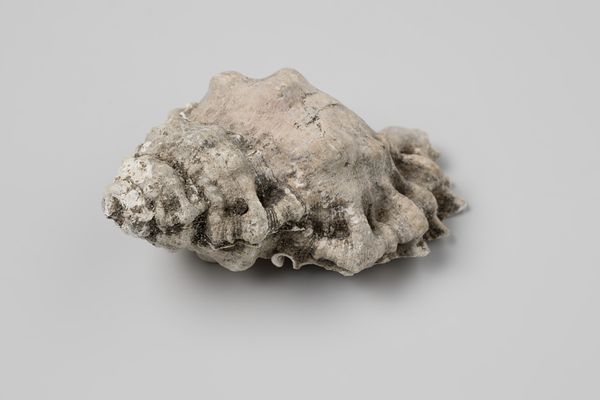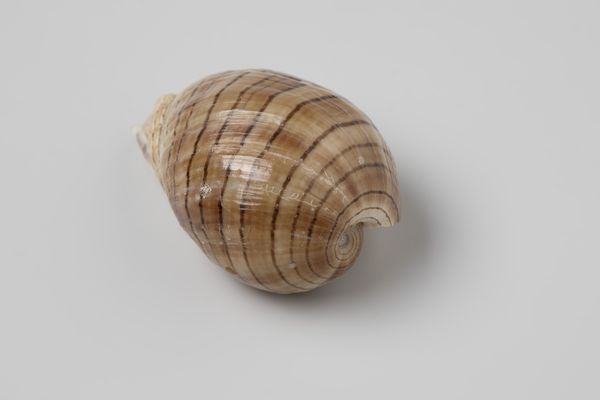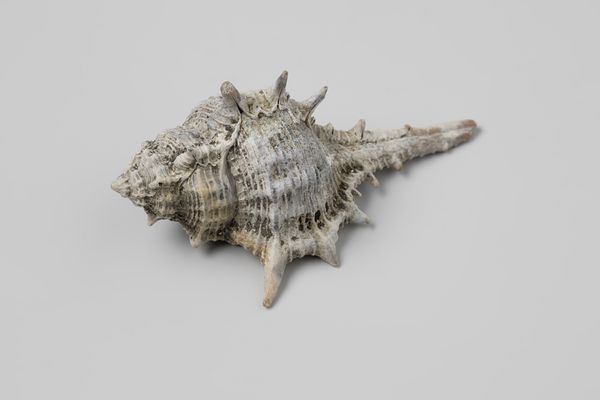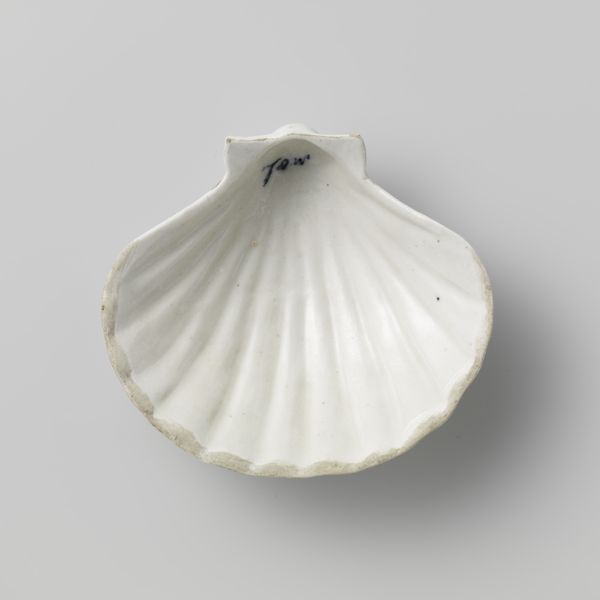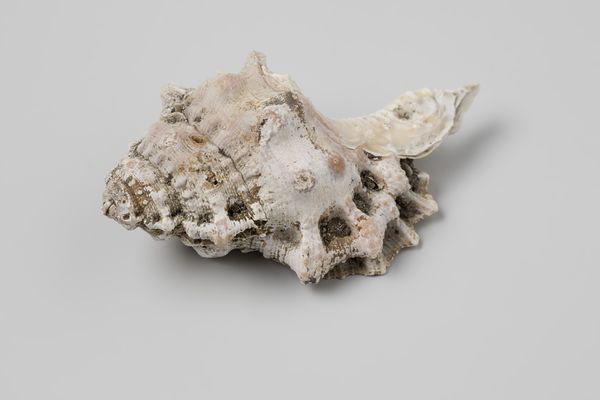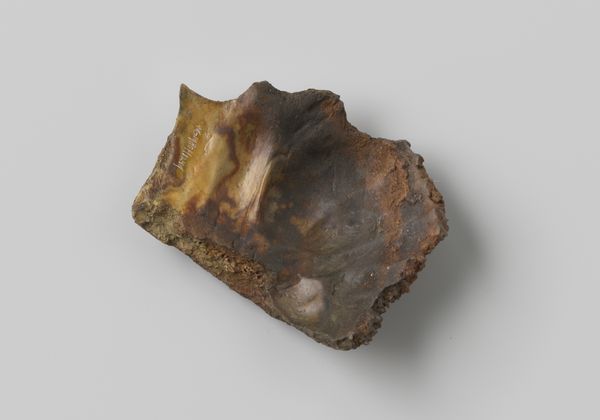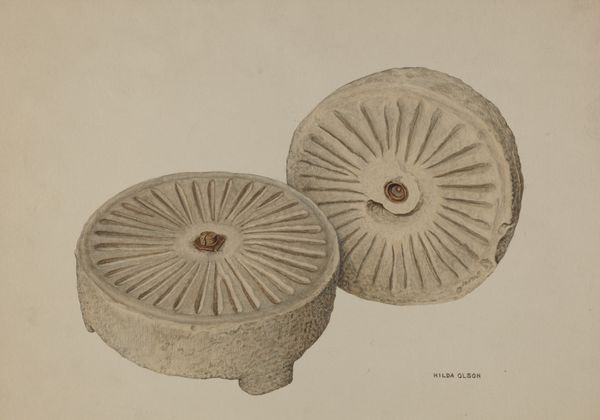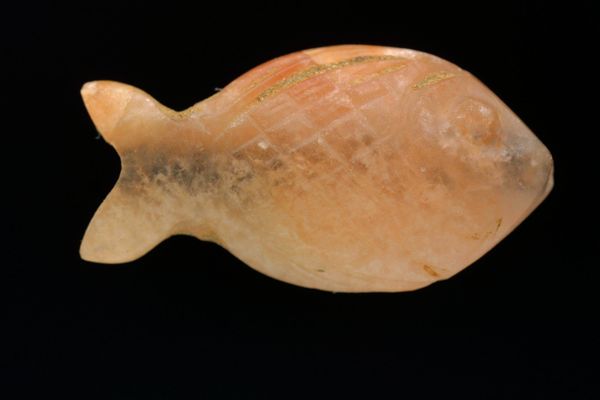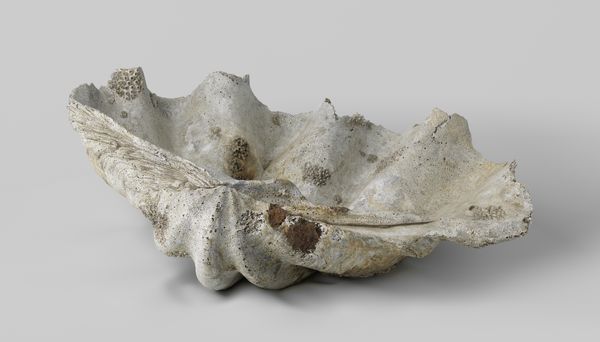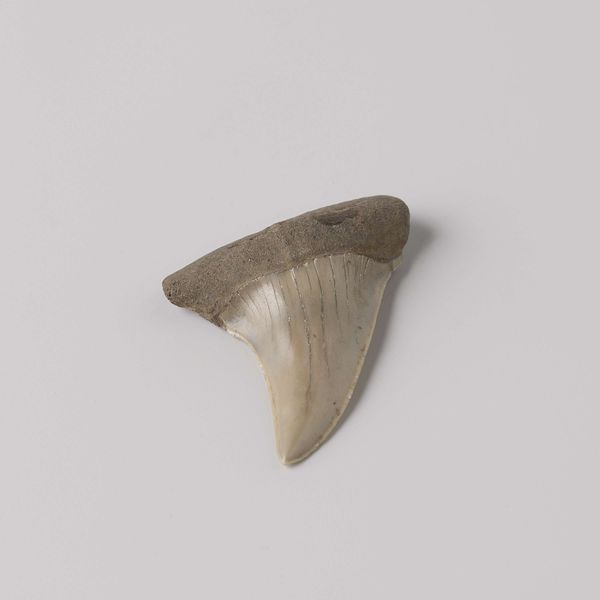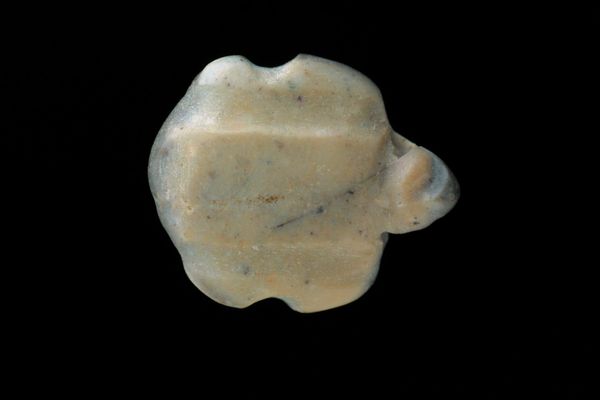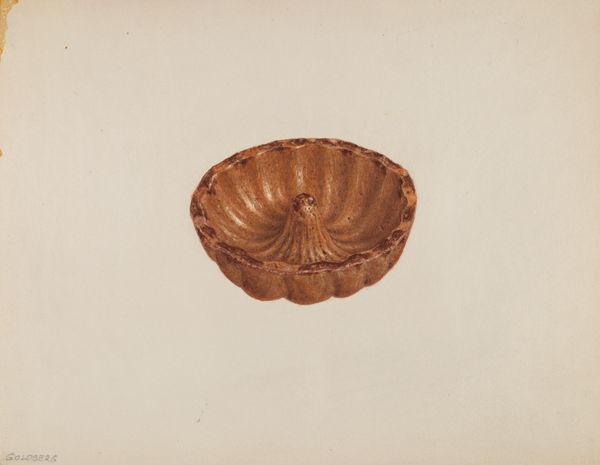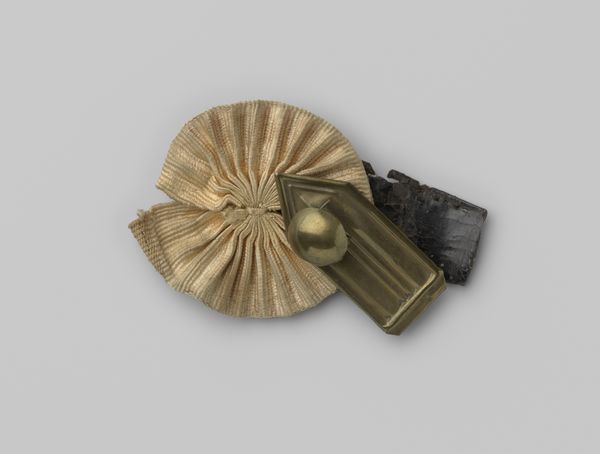
sculpture
#
sculpture
#
indigenous-americas
Dimensions: Diam. or shells: 15.9cm (6 1/4in.)
Copyright: Public Domain
Editor: We are looking at "So-He-De-Dan (strung rattle)" created by the Salish Indians in the 19th century, residing at The Met. Made with carving and fibre-art, it has multiple scallop shells. The texture looks both fragile and durable, and you want to touch it, but maybe you shouldn't. What can you tell us about this piece? Curator: This rattle transcends simple decoration. It's a potent cultural artifact, its materials, construction, and usage deeply intertwined with Salish society and cosmology. Notice the repetitive shell motif. What purpose do you imagine these served within their community? Editor: Maybe as a tool for storytelling or for cultural rituals, given the Indigenous American connection. Curator: Precisely! Consider the role of museums in displaying such items. The acquisition and presentation of Indigenous objects were often tied to colonial narratives. How might the rattle's presence here, within the Met, impact our understanding of it? Editor: Does displaying the rattle divorce it from its original function? Its cultural relevance is somehow diluted. Curator: Exactly. It compels us to reflect on institutional power, asking: Whose voices are amplified, and whose are silenced in these displays? And it wasn't just art museums: artifacts like this would have been displayed as curiosities, and even ‘scientific’ specimens that reinforced prevailing cultural hierarchies of the era. What have you learned? Editor: Thinking about how even exhibiting folk art reflects the complex cultural politics that shaped what's considered "art" in the first place. Curator: And how indigenous creations are received outside the community is filtered through politics.
Comments
No comments
Be the first to comment and join the conversation on the ultimate creative platform.
